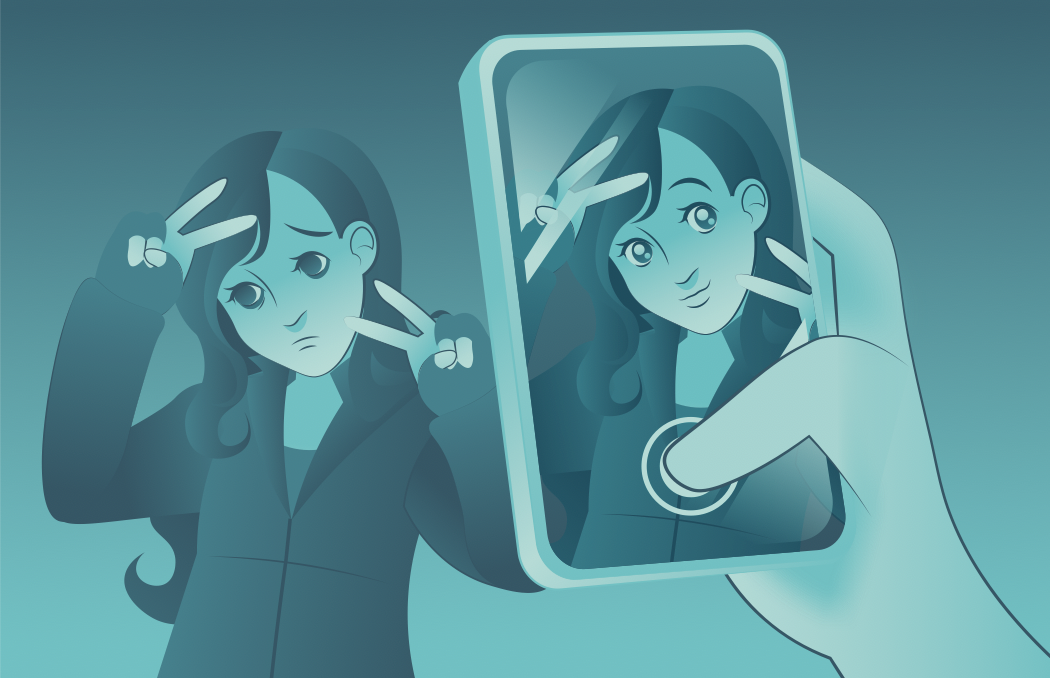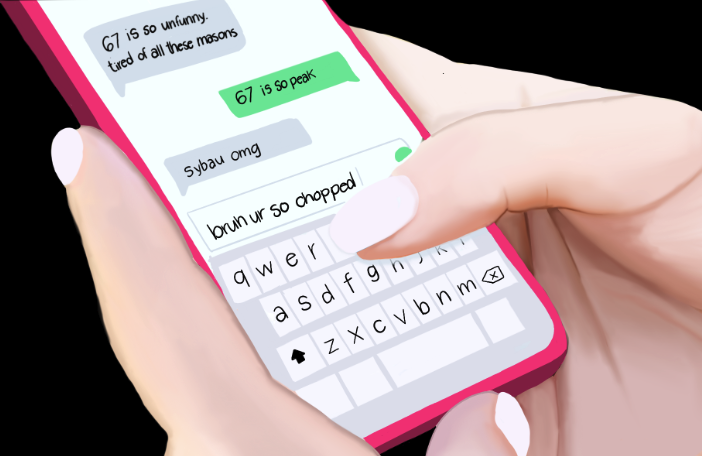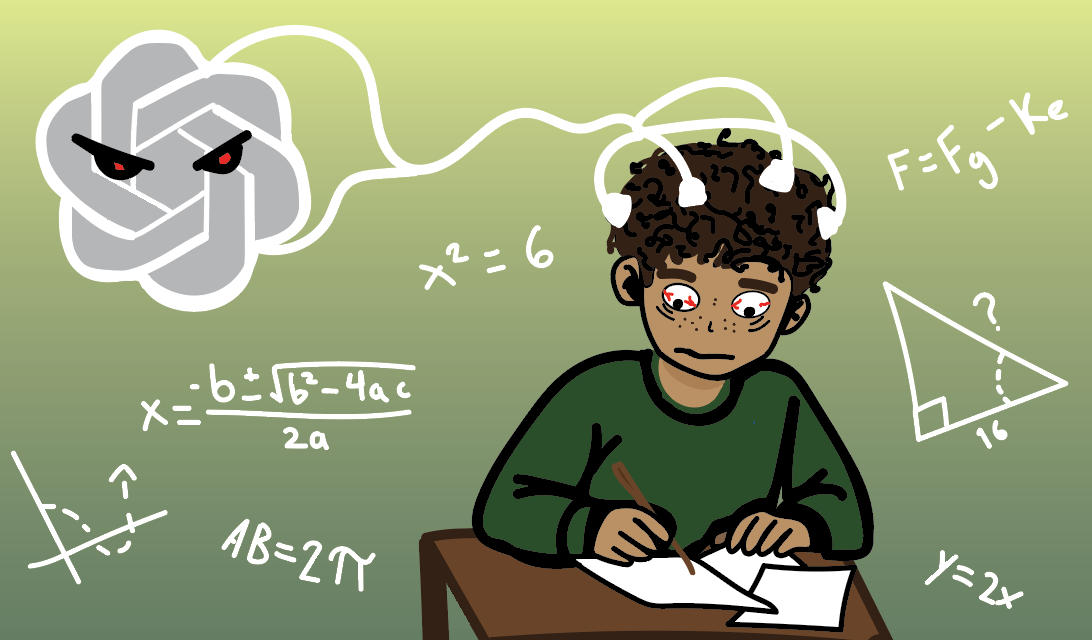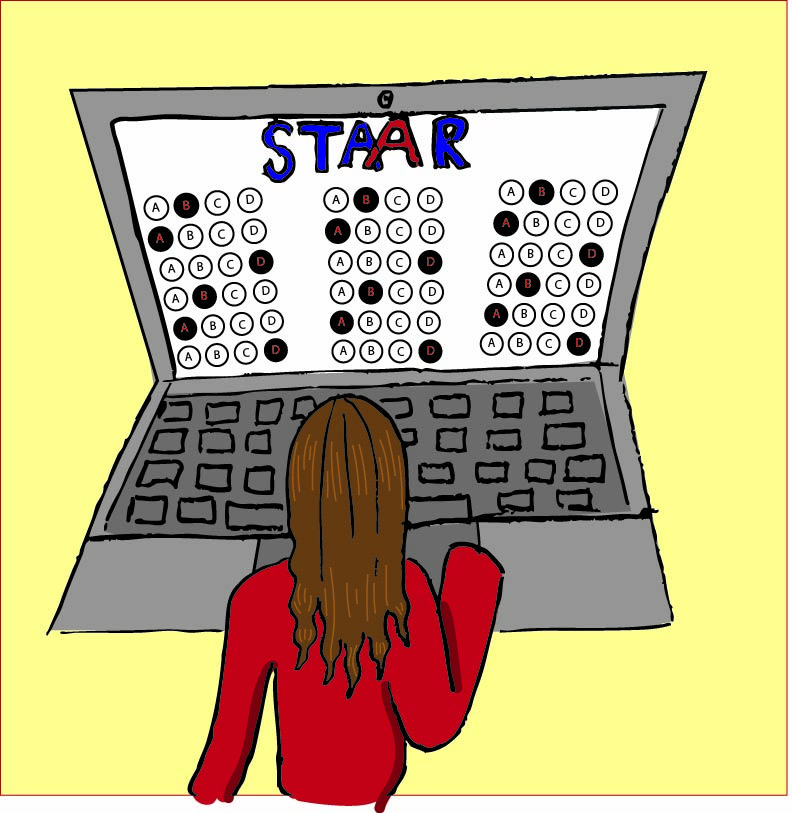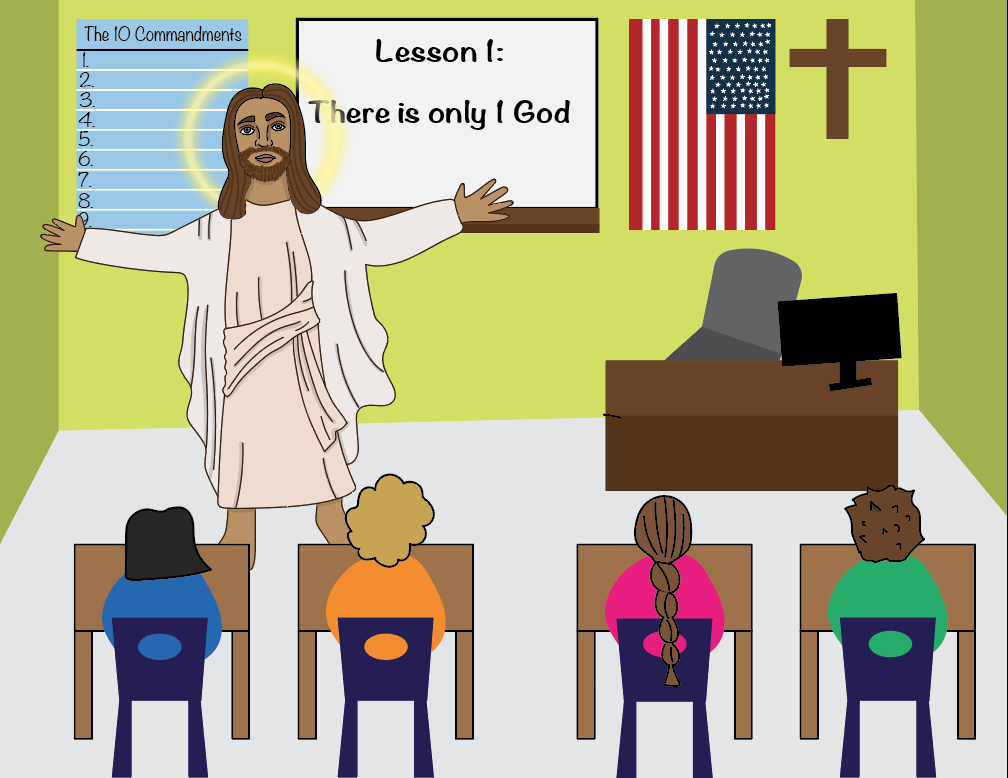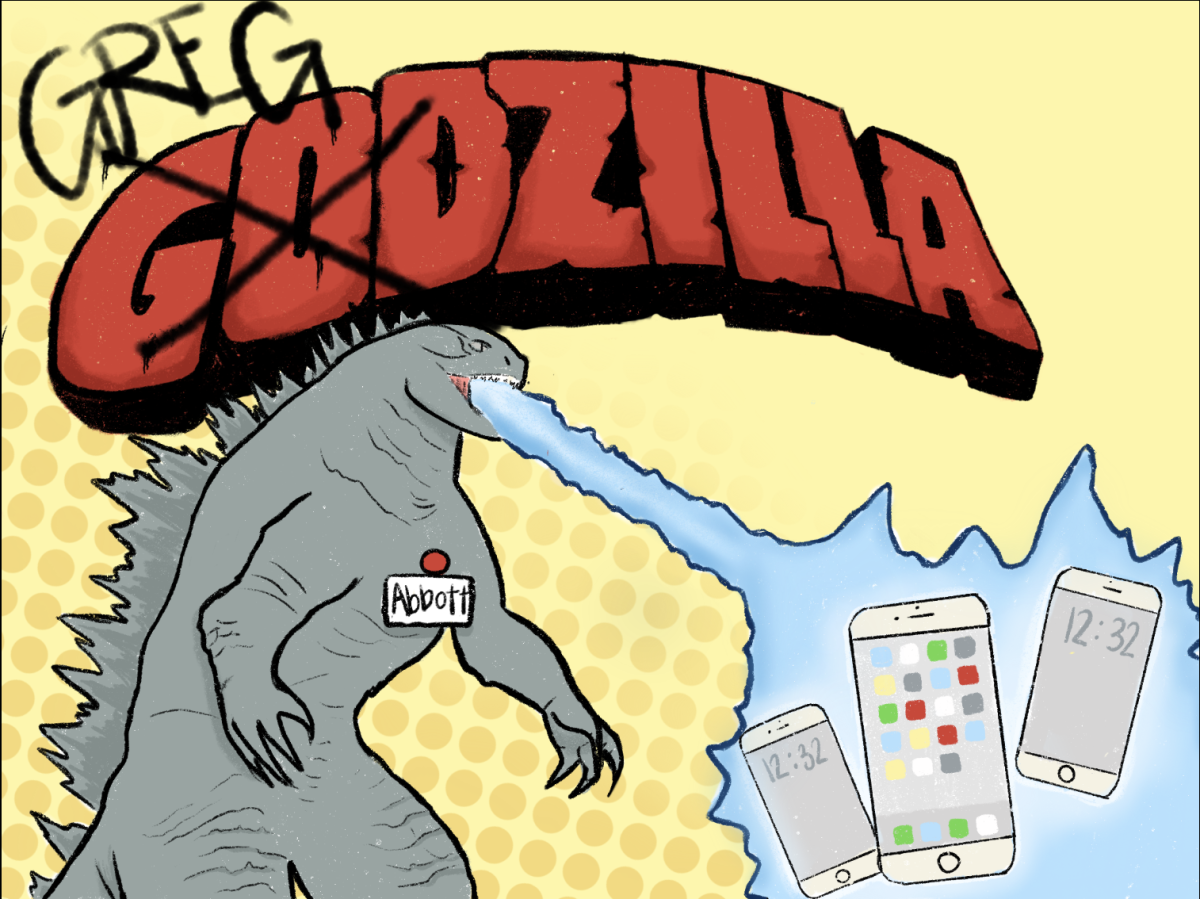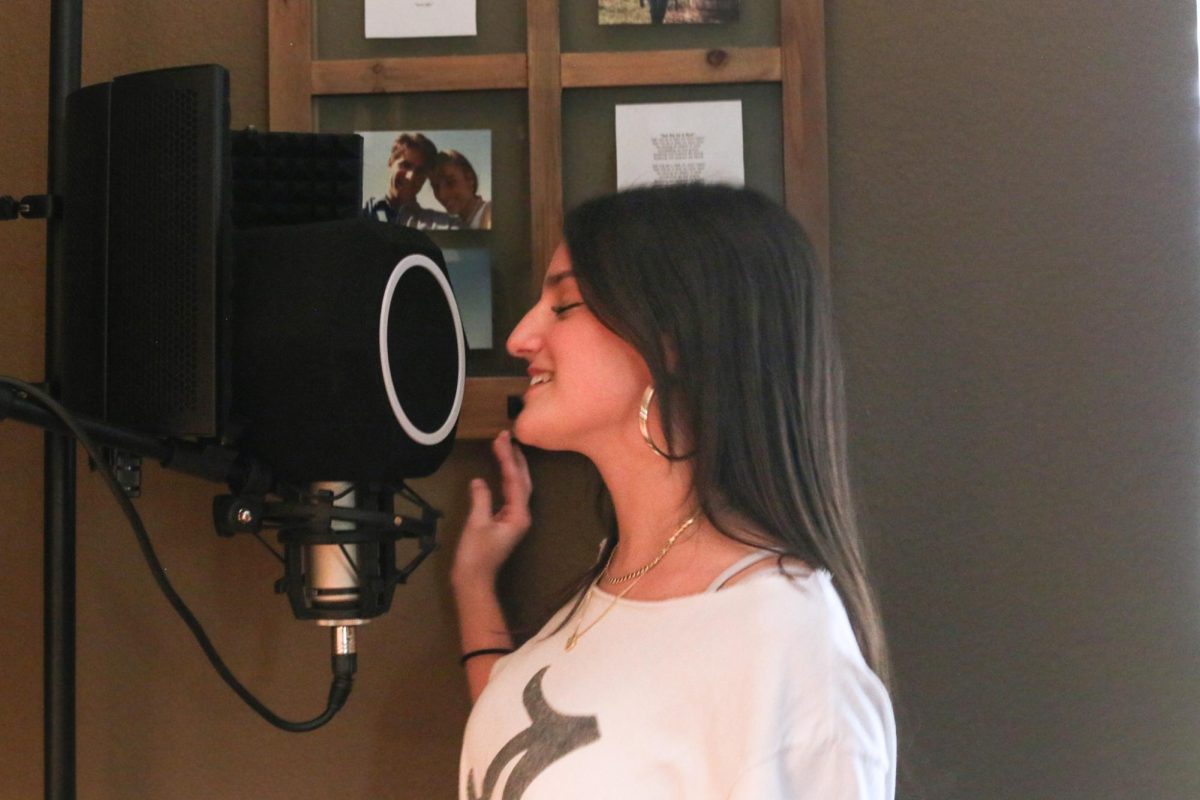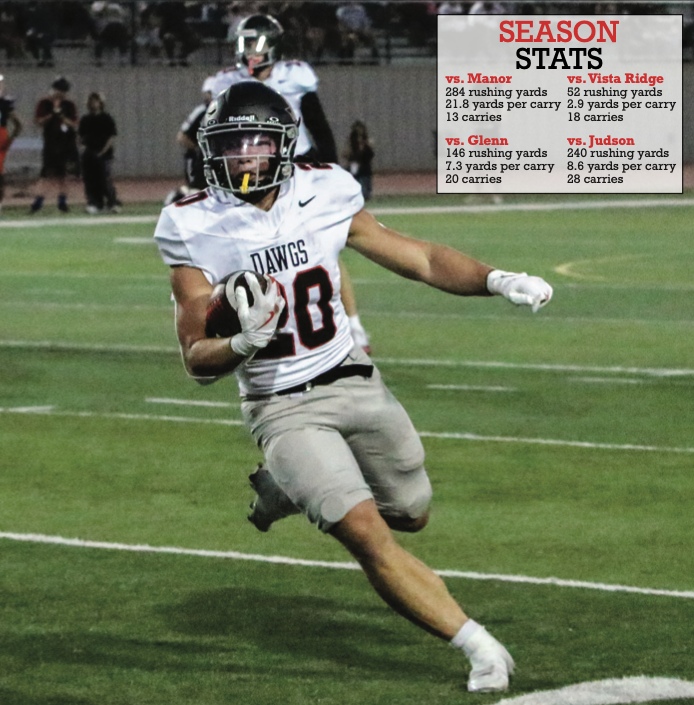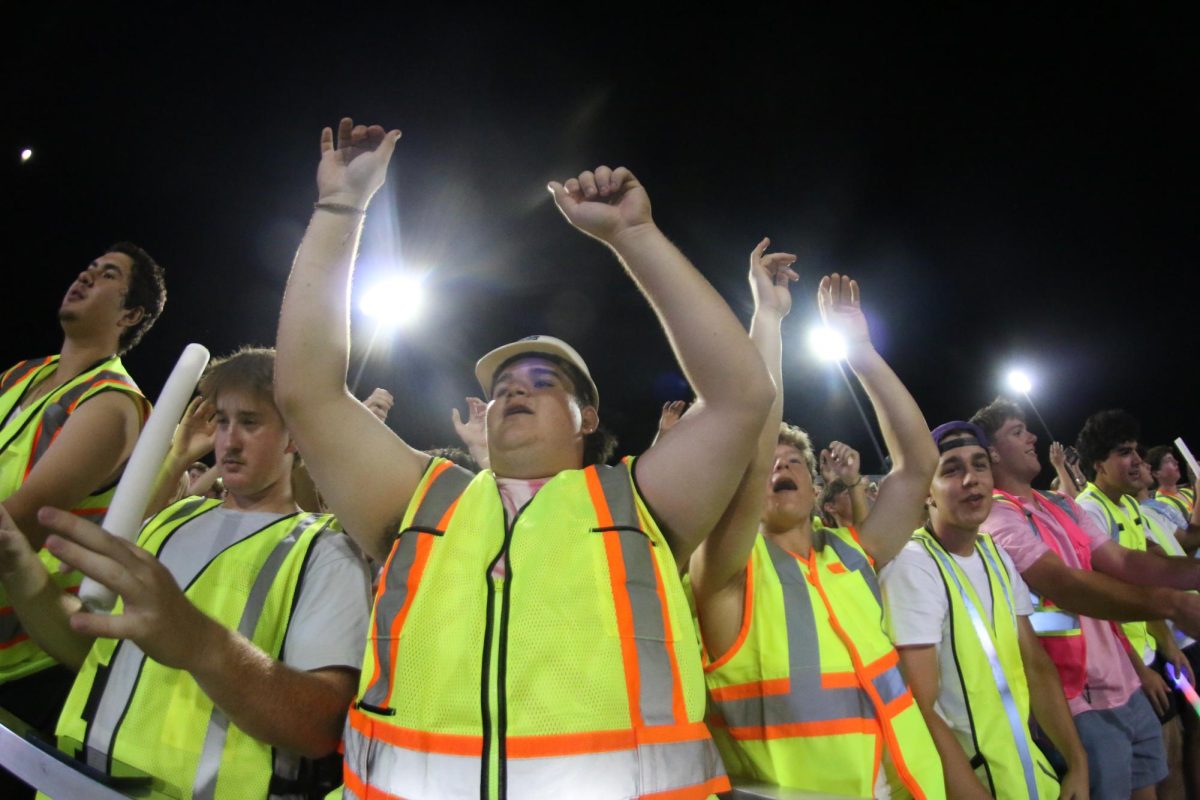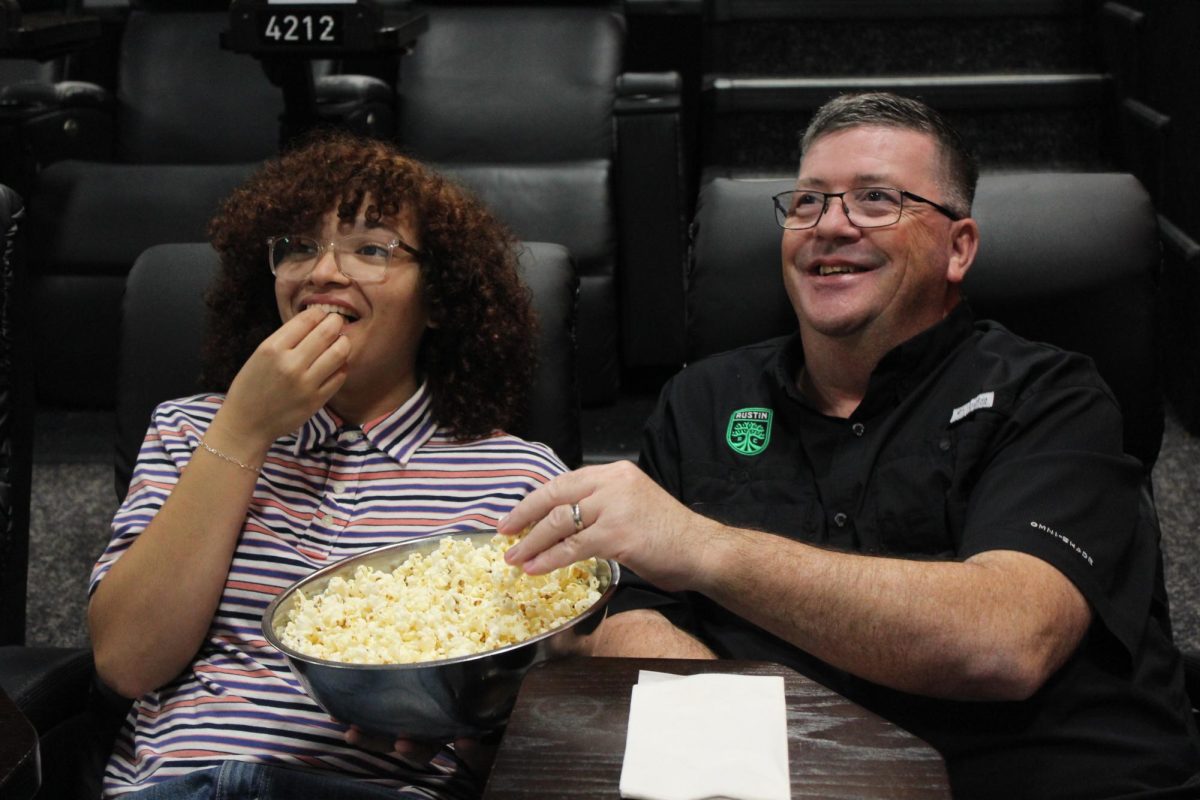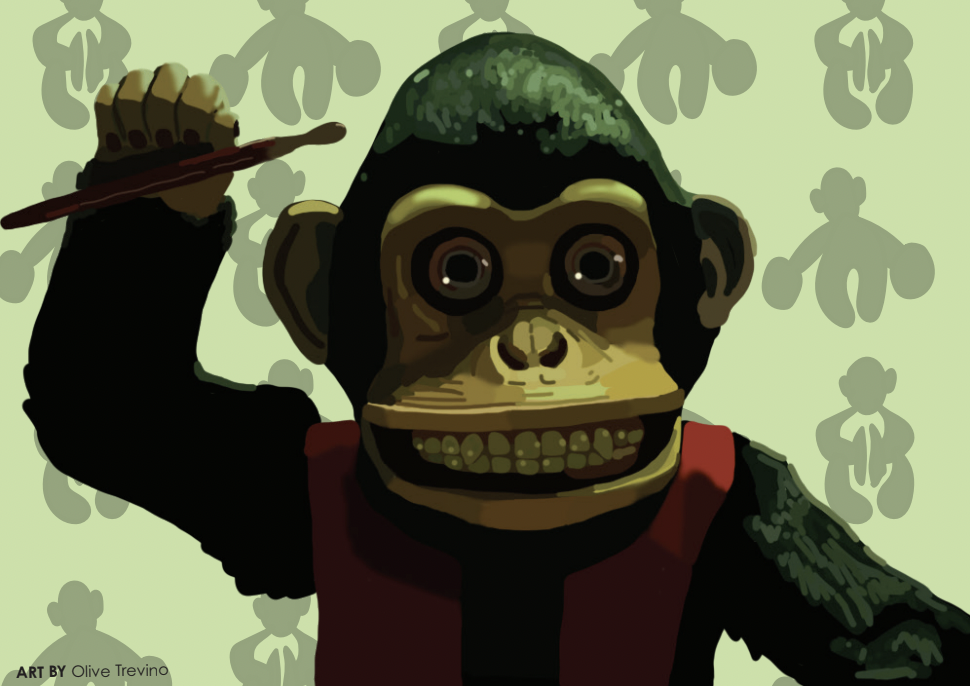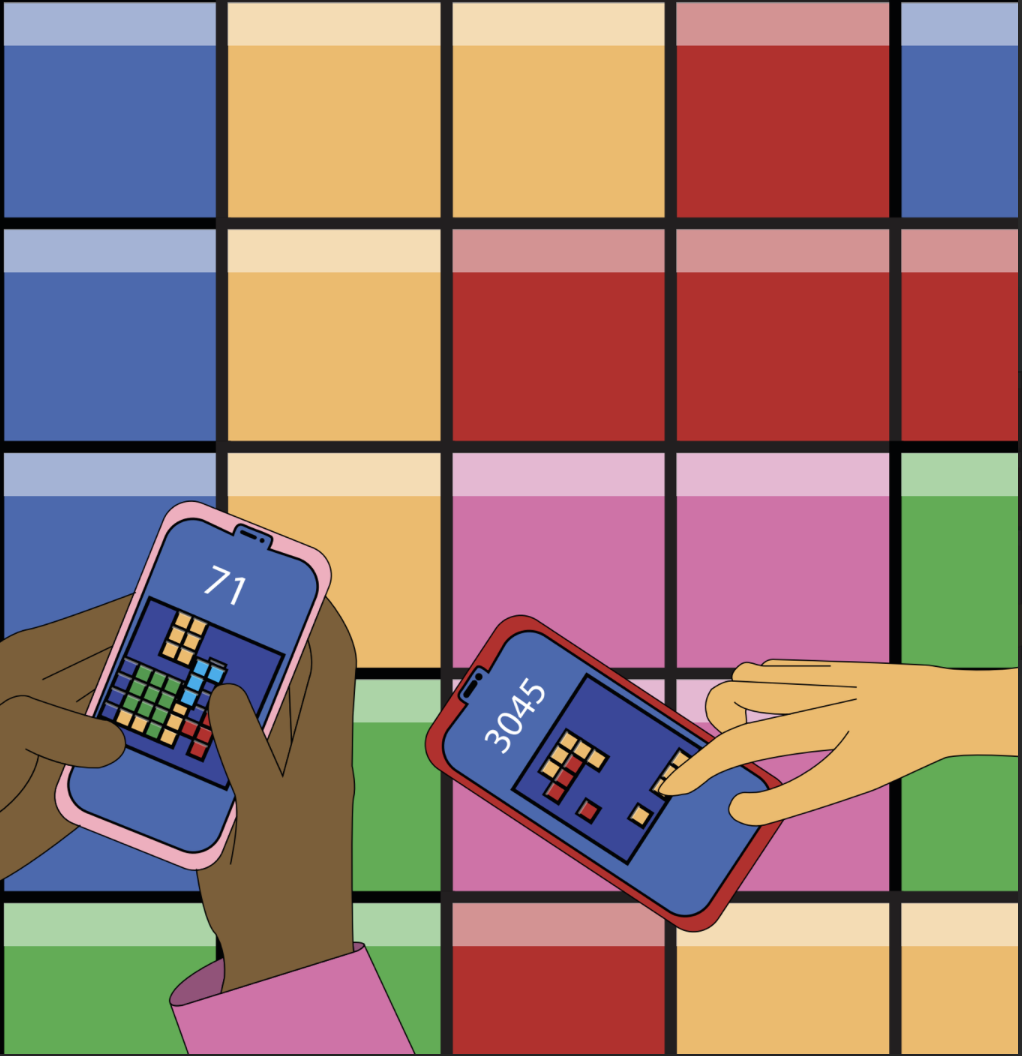Child influencers have become increasingly popular as seemingly all sections of the internet become overrun with children at younger and younger ages. But how are all of these children gaining access and a following that rapidly surpasses milestones? What motivates this trend? The short answer is profit.
Influencing as a concept is nothing new. Even before highlight reels and vlogging, people have been influencing each other in different ways. Although the ways we influence each other have changed overtime, the desire itself is still there. This idea has become a vessel of monetary benefits as sponsorships and brand deals have made both short and long term content a viable option for funds. But this is not a one-sided endeavor.
As digital media continues to rise in popularity and in views, we begin to see the long-term effects of such scrutiny from the media at. Big names from the early days of vlogging and influencing have been talking about its repercussions for years. If fully functioning adults can suffer from the effects of online popularity, what is it like for child stars, thrust into the influencer scene?
Piper Rockelle is one of these child influencers currently gaining attention for a new Netflix documentary titled “Bad Influence: The Dark Side of Kid Influencing.” In it, Rochelle’s mother, Tiffany Smith is presented as less of a supportive mother figure and more of a controlling force in her daughter’s life. The documentary brought attention to an ongoing debate about the ethics of kids on social media, and the right to privacy in a new generation of digital awareness.
For parents, the motivation comes from different places. It can sometimes be hard to decipher whether these child accounts come from a place of well-meaning or deception. Similarly, child actors have been a major talking point in the film industry for many years. These children are forced out of school to keep up with the project’s deadline, and although they receive tutoring, they are deprived of a normal childhood. That may seem alarming, but children on social media are even more vulnerable to disruptions in their normal lives.
In movies and casting, these children are playing a part. It is a character for them, the people around them are not themselves. Vlogging is different from regulated filming and production. It’s much more personal for a growing child, and there is minimum active legislation to protect them. At best, a kid’s personal life is put on blast. At worst, they are forced to play a character, but one that represents themselves and their family. It is a level of responsibility that even adults struggle with.
So, what can be done? In the case of child stars, there has been advocacy for fair protection and the implementation of a trust fund to support their future. Yet, there are still things to be done and much progress to be made. The practice of child performers has been a trend for decades, and while strides have been made in that industry, there is still much to be considered and unpacked for child influencers as social media becomes more prevalent in society. We may not see the effects of child stardom in full effect for another several years, as children grow up and can begin to unpack their childhood.
This is an unprecedented time of both exponential profit and exponential loss. People have found new ways to make money, and can thus find new ways to exploit those they love, even without knowing or being able to grasp the severity of their choices. In the case of influencers, there is no exact methodology. Children are open to levels of exploitation in any industry, but it is up to the consumer to regulate the risks of what they choose to support. We are in a new era of digital technology, but this does not have to be a nihilistic talking point. We have the ability to create a precedent for safety in the media, to change the ways we talk about a child’s autonomy and voice.



